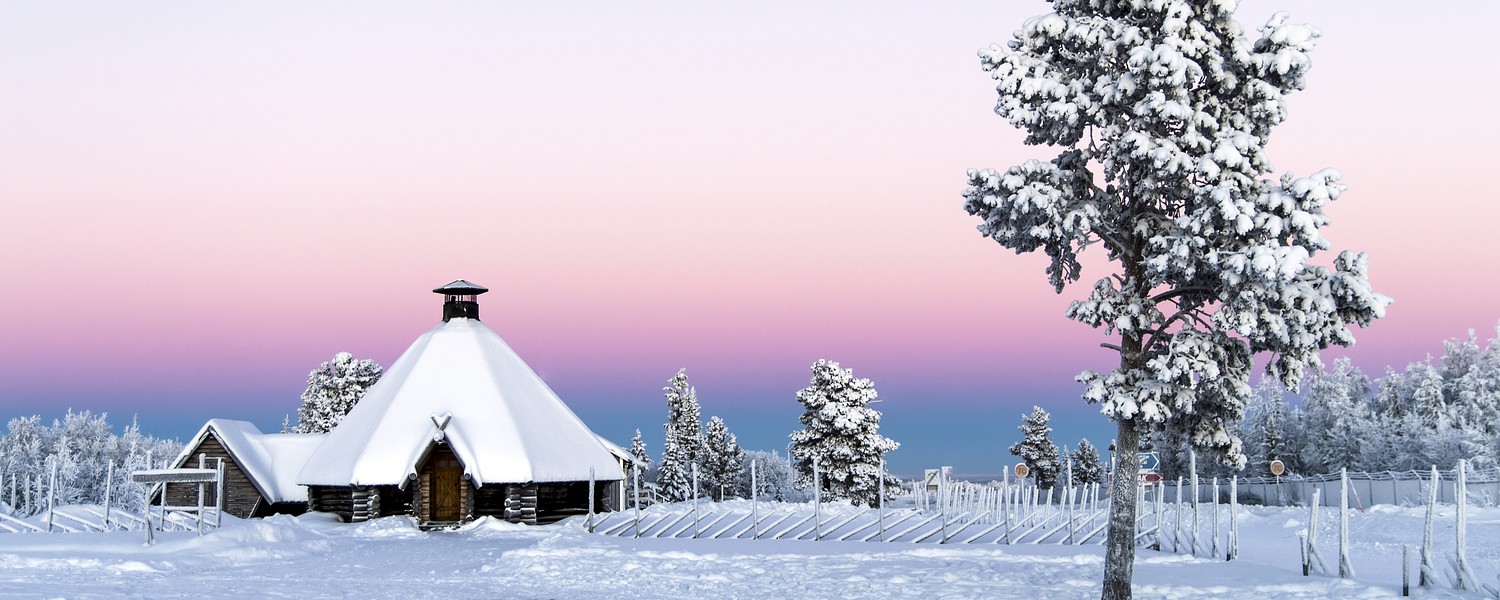
Provided by:
hessianmercenary/Shutterstock.com

Our travel guides are free to read and explore online. If you want to get your own copy, the full travel guide for this destination is available to you offline* to bring along anywhere or print for your trip.
*this will be downloaded as a PDF.Price
€4,95
The City
The guide was updated:
If you are looking for life in the archipelagos, painted, wooden horses from Dalarna or hot nightclubs, you have driven about 1,000 kilometres too far. Here, in Swedish Lapland, things tend toward the extreme — they are magnificent and dramatic. Kiruna is the city of one hundred days with no night, and the midnight sun attracts tourists from all over the world. In the winter, when the temperature sometimes gets down below -35 degrees, ice, snow, darkness and cold reign supreme. Visitors venture out on dog sledding tours among spruce trees weighed down by snow while the northern lights blaze in the heavens.
Wild nature is open 24 hours a day, year round, thanks to the unique Swedish legal right to common land. Kiruna is surrounded by an untouched mountainous landscape, including Sweden’s highest peak, Kebnekaise, and more than 6,000 lakes and seven large, unspoiled rivers. In addition to that, there are seven national parks: everything from high alpine terrain with glaciers and windswept tundra to swampy ground and forests of mountain birch extending for miles after miles. Lapland is an amusement park for lovers of the outdoors. And it is enormous — larger than Denmark and Holland put together. Even for an average Swede, used to long journeys, the distances and barrenness of Lapland are something spoken about with respect, enchantment and a certain terror.
Kiruna, excellent as a base for trips in Lapland and Norrbotten, is a 100 years old, built beside the largest underground iron ore mine in the world. The lode of ore is four kilometres long and the mine is a kilometre deep. Some twenty kilometres northeast of Kiruna, in Jukkasjärvi, is the world-famous ice hotel and farther to the northwest is Riksgränsen, one of the country’s leading ski resorts.
A tip: If you are visiting Kiruna in the winter, ask for advice on how you should dress. It is possible to enjoy yourself in severe cold, too, provided that you are dressed for it. If you are visiting Kiruna in the summer, don’t forget the mosquito repellent!
Wild nature is open 24 hours a day, year round, thanks to the unique Swedish legal right to common land. Kiruna is surrounded by an untouched mountainous landscape, including Sweden’s highest peak, Kebnekaise, and more than 6,000 lakes and seven large, unspoiled rivers. In addition to that, there are seven national parks: everything from high alpine terrain with glaciers and windswept tundra to swampy ground and forests of mountain birch extending for miles after miles. Lapland is an amusement park for lovers of the outdoors. And it is enormous — larger than Denmark and Holland put together. Even for an average Swede, used to long journeys, the distances and barrenness of Lapland are something spoken about with respect, enchantment and a certain terror.
Kiruna, excellent as a base for trips in Lapland and Norrbotten, is a 100 years old, built beside the largest underground iron ore mine in the world. The lode of ore is four kilometres long and the mine is a kilometre deep. Some twenty kilometres northeast of Kiruna, in Jukkasjärvi, is the world-famous ice hotel and farther to the northwest is Riksgränsen, one of the country’s leading ski resorts.
A tip: If you are visiting Kiruna in the winter, ask for advice on how you should dress. It is possible to enjoy yourself in severe cold, too, provided that you are dressed for it. If you are visiting Kiruna in the summer, don’t forget the mosquito repellent!


